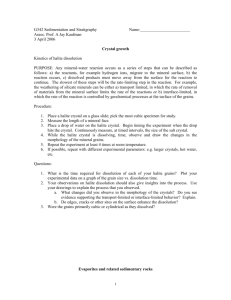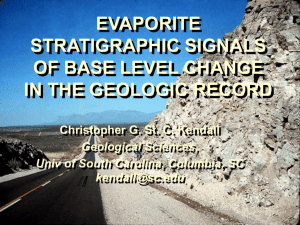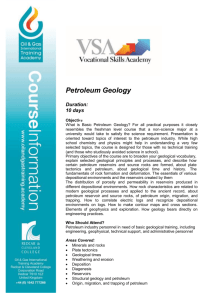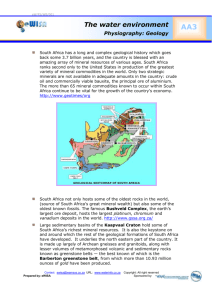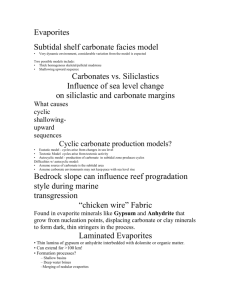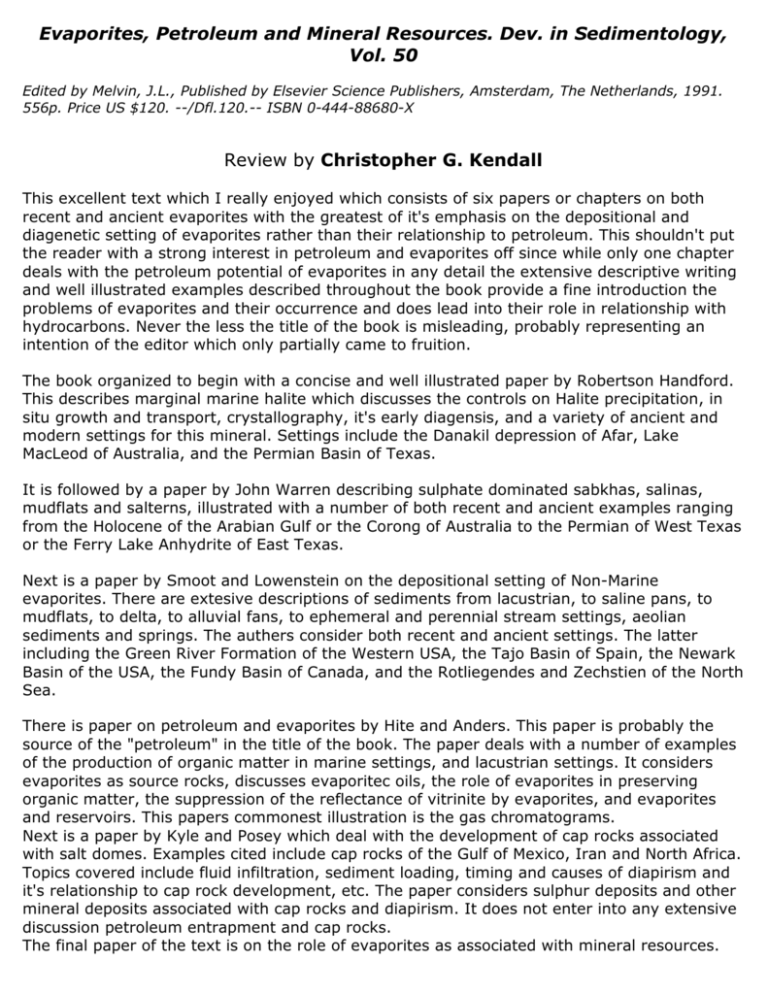
Evaporites, Petroleum and Mineral Resources. Dev. in Sedimentology,
Vol. 50
Edited by Melvin, J.L., Published by Elsevier Science Publishers, Amsterdam, The Netherlands, 1991.
556p. Price US $120. --/Dfl.120.-- ISBN 0-444-88680-X
Review by Christopher G. Kendall
This excellent text which I really enjoyed which consists of six papers or chapters on both
recent and ancient evaporites with the greatest of it's emphasis on the depositional and
diagenetic setting of evaporites rather than their relationship to petroleum. This shouldn't put
the reader with a strong interest in petroleum and evaporites off since while only one chapter
deals with the petroleum potential of evaporites in any detail the extensive descriptive writing
and well illustrated examples described throughout the book provide a fine introduction the
problems of evaporites and their occurrence and does lead into their role in relationship with
hydrocarbons. Never the less the title of the book is misleading, probably representing an
intention of the editor which only partially came to fruition.
The book organized to begin with a concise and well illustrated paper by Robertson Handford.
This describes marginal marine halite which discusses the controls on Halite precipitation, in
situ growth and transport, crystallography, it's early diagensis, and a variety of ancient and
modern settings for this mineral. Settings include the Danakil depression of Afar, Lake
MacLeod of Australia, and the Permian Basin of Texas.
It is followed by a paper by John Warren describing sulphate dominated sabkhas, salinas,
mudflats and salterns, illustrated with a number of both recent and ancient examples ranging
from the Holocene of the Arabian Gulf or the Corong of Australia to the Permian of West Texas
or the Ferry Lake Anhydrite of East Texas.
Next is a paper by Smoot and Lowenstein on the depositional setting of Non-Marine
evaporites. There are extesive descriptions of sediments from lacustrian, to saline pans, to
mudflats, to delta, to alluvial fans, to ephemeral and perennial stream settings, aeolian
sediments and springs. The authers consider both recent and ancient settings. The latter
including the Green River Formation of the Western USA, the Tajo Basin of Spain, the Newark
Basin of the USA, the Fundy Basin of Canada, and the Rotliegendes and Zechstien of the North
Sea.
There is paper on petroleum and evaporites by Hite and Anders. This paper is probably the
source of the "petroleum" in the title of the book. The paper deals with a number of examples
of the production of organic matter in marine settings, and lacustrian settings. It considers
evaporites as source rocks, discusses evaporitec oils, the role of evaporites in preserving
organic matter, the suppression of the reflectance of vitrinite by evaporites, and evaporites
and reservoirs. This papers commonest illustration is the gas chromatograms.
Next is a paper by Kyle and Posey which deal with the development of cap rocks associated
with salt domes. Examples cited include cap rocks of the Gulf of Mexico, Iran and North Africa.
Topics covered include fluid infiltration, sediment loading, timing and causes of diapirism and
it's relationship to cap rock development, etc. The paper considers sulphur deposits and other
mineral deposits associated with cap rocks and diapirism. It does not enter into any extensive
discussion petroleum entrapment and cap rocks.
The final paper of the text is on the role of evaporites as associated with mineral resources.
This text by Kyle emphasizes metallic along with a consideration of iodine, bromine, and
nitrogen. It discusses topics like superior-type Iron formations, and evaporites and igneous
hosted ore deposits.
I enjoyed reading this book and think it will be of help to the general reader, including
graduate students and professional geologists who are interested in evaporites to the
specialist who needs to track down the latest news on the evaporite research. I am pleased to
have the text on my shelves and recommend this book to you in you want to know more
about this fascinating topic.
Copyright © 2009 SEPM (Society for Sedimentary Geology) All Rights Reserve


